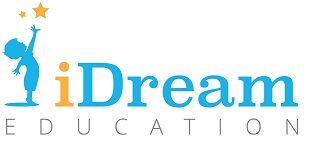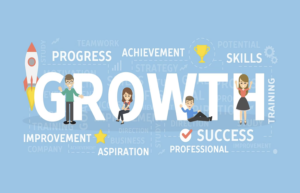Market research methodology: our tips for not missing anything

A market study covers a phase of collecting information and then processing this information in order to better understand a market in order to make decisions under good conditions.
To carry out market research, you must have a precise definition of your target , since it is your target that you are going to interview. If you think you have several targets or if you want to see if there is a different target to the one defined, ask people / companies with different
To succeed in your market research, you must go out to interview your target: market research is not done with the family or in front of a computer!To succeed in your market research, you must define your objective : the study will be different if you want to validate the commercial potential of your offer, understand your target, develop the different components of your product, …
To be successful in your market research, you need to interview the right number of people.
There is no minimum or maximum threshold, but the sample must be large enough to be representative of your entire target. However, below 15 – 25 interviews, you will not be able to use the results correctly.
To succeed in your market research, you must adapt your questioning method to your objective and your target.
You can interview people by telephone, on-line questionnaire, or face-to-face (in the street, going door to door in a given geographical area).
To avoid doing the work several times, you must know exactly the information you will need (their view of your competitors, their opinion of your offer, their psychological price, etc.).
So, prepare this questionnaire after you have started thinking about your marketing mix as well. You may need to ask them questions about a distribution method, a communication action…
To be successful in your market research, you must be able to analyze the responses .
Whether it’s for the choice of tool (if you use a spreadsheet, make sure you master the cross-sorting functionalities, for example) or for the ability to calculate averages, standard deviations, medians… everything you need you will need for a full scan. Online systems exist at reasonable rates. You can enter your answers and the calculations are done “all by themselves”!
3 – The choice of method
Qualitative study methods consist of interviewing a small number of people (between 15 and 25) in depth, during a face-to-face interview or a focus group, and better understanding the motivations and obstacles when purchasing a product or service.These interviews or meetings are conducted on the basis of semi-directive questioning, made up of open-ended questions, which leave the interviewees full latitude to express themselve
We are not aiming for a representative sample of future customers, but the diversity of profiles and the depth of the information collected.Quantitative study methods consist of questioning a large number of people (80 to 100 to get to know a customer segment better, up to 1,000 to carry out a survey representative of the national population).These studies are conducted using questionnaires with closed questions , which makes it easy to determine percentages.
4 – Choosing the people to interview
Avoid questioning your close entourage, your friends, your family. Their answers are likely to be biased (they also want to “please” you). What’s more, they’re a bit like you (that’s why you’re close)… you have to look for neutral, objective opinions from your “real” future customers.How to find them? Use your imagination to pick up your potential customers where they are: young people around fast food outlets at lunchtime, building professionals in the car parks of specialized supermarkets, “business” customers in front of a business or convention, young mothers in front of nurseries or in squares and sports facilities on Wednesday afternoons… you can also rent a qualified file, or launch a call on social networks
5 – Write clear, understandable and unbiased questions
If you conduct the surveys or interviews yourself, stay neutral ! Do not let the interviewee know that it is your project, do not let the importance of your project for you show through, this would influence the answers, because (contrary to what one might think), interviewees tend to wanting to “please” those who question them, to find the “right answer”. Your attitude: a “benevolent neutrality” of someone who can hear everything, in all objectivity.
Do not ask the questions that you are asking yourself, but translate them into questions that your interlocutor will be able to answer ! Example: no one will be able to answer the question “how many pizzas do you eat per year?” On the other hand, you can ask if the person buys pizzas at the supermarket, how many times a month they buy them, how many they buy each time,… it’s up to you to make an approximate calculation afterwards (which will always be more reliable than a ‘random’ answer)
You wish to collect opinions, opinions… the questionnaire is the tool to help you collect this information, it is not literature: formulate the questions in everyday , usual language… to be sure of being understood by your interlocutor, and encourage him to be concrete in his answers.







